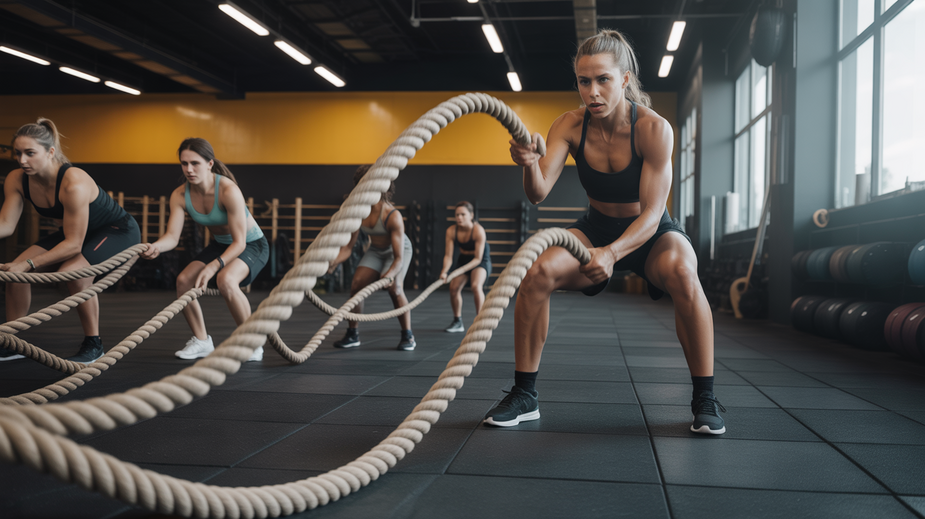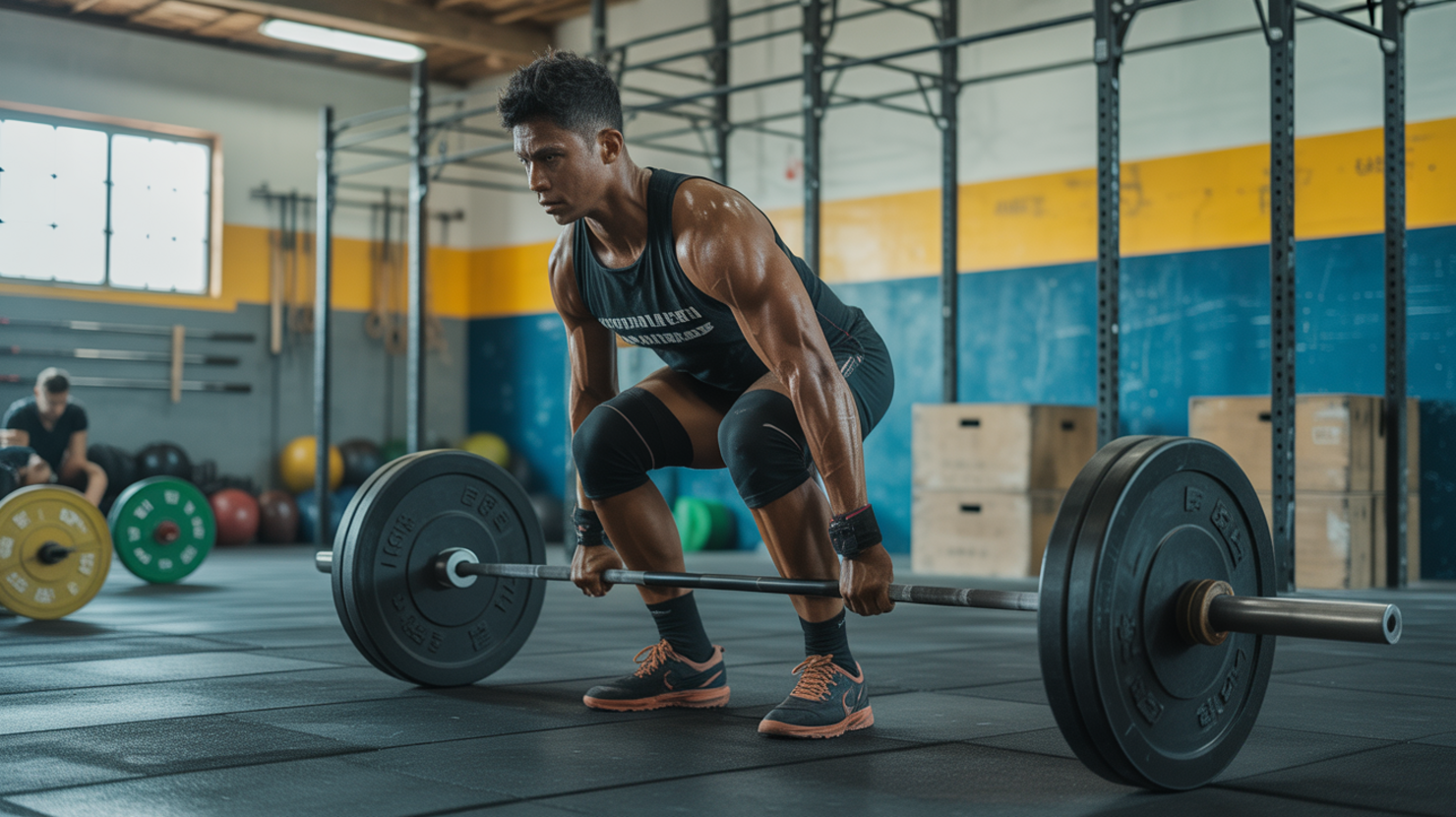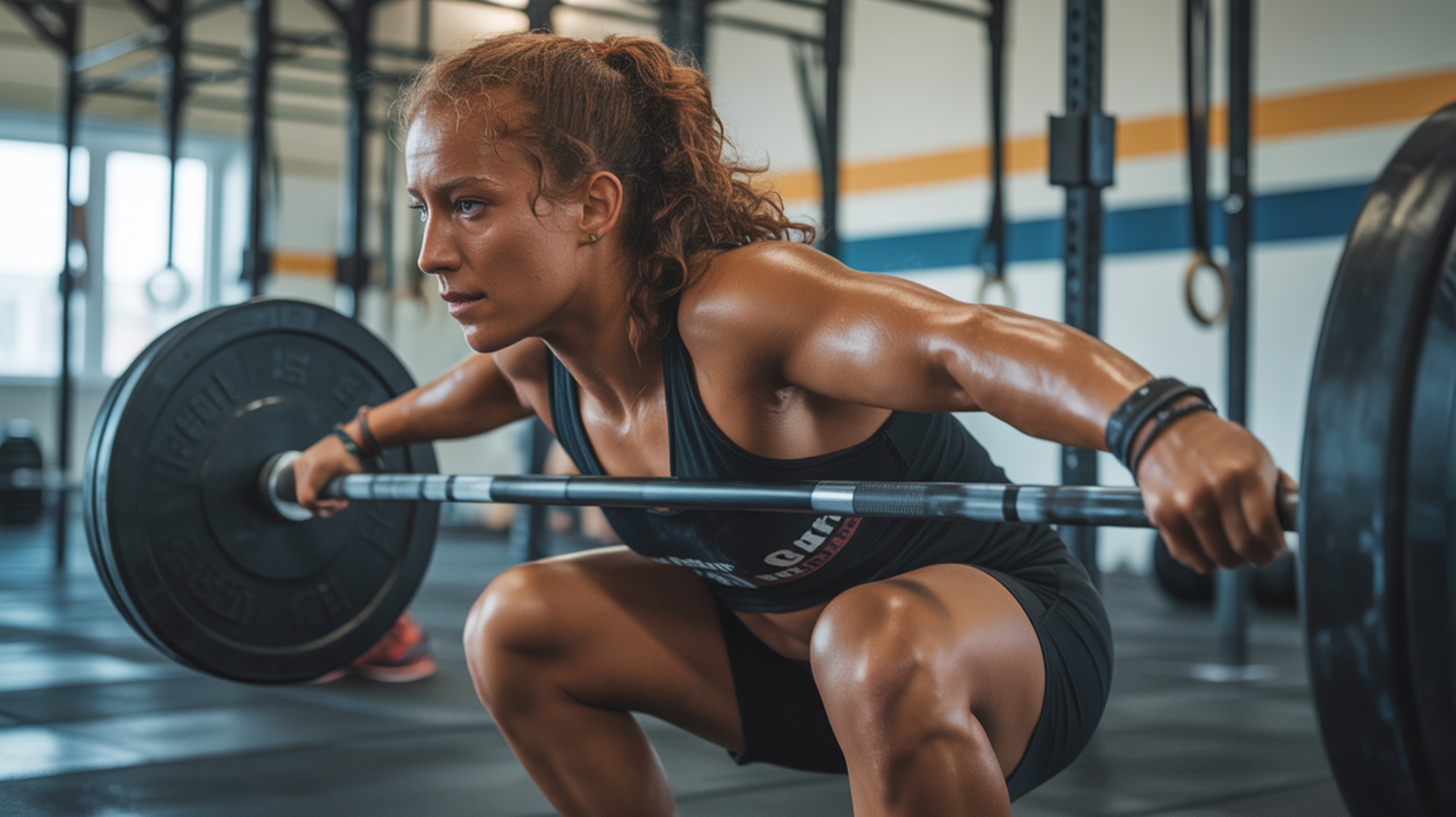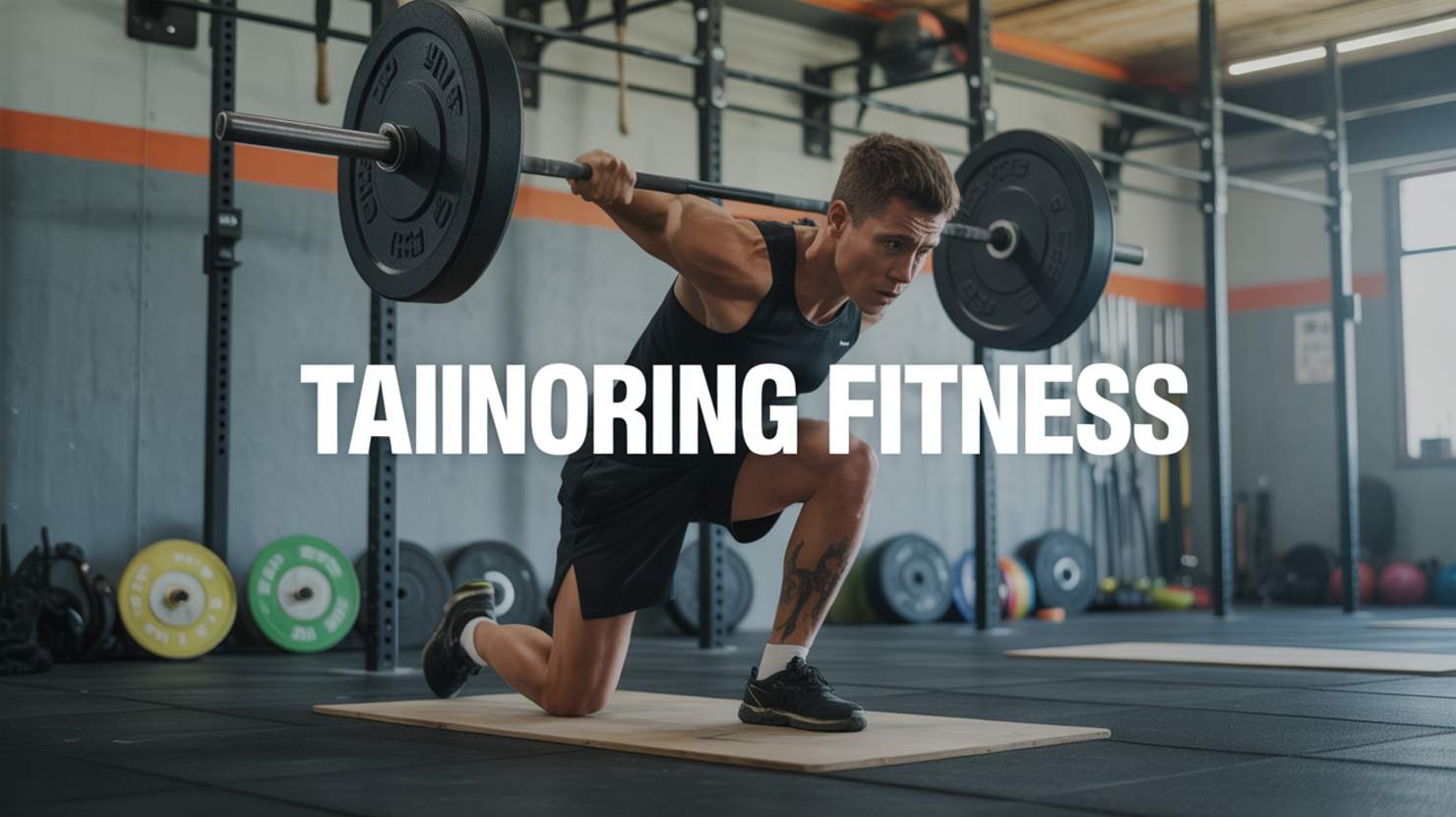In the dynamic arena of functional fitness, particularly within communities like CrossFit, the distinction between strict and kipping movements is crucial. While kipping offers speed advantages in competition, the strict muscle-up reigns supreme for building foundational strength. It is a pure display of upper body power, demanding controlled force throughout the entire range of motion without reliance on momentum or hip drive. This focus on raw strength ensures that every muscle involved, from the lats and biceps to the chest and triceps, is working maximally. Mastering the strict ascent means you are genuinely strong enough to handle your bodyweight, a quality that forms the bedrock of countless other physical tasks and exercises. It is not just about getting over the bar; it is about demonstrating complete command over your bodyweight.
Furthermore, the strict muscle-up is exceptionally effective at cultivating vital functional fitness qualities like shoulder stability and activating deep core engagement. The slow, deliberate transition phase places significant demands on the stabilizing muscles of the shoulder girdle, promoting joint health and resilience – a stark contrast to the abrupt forces involved in kipping. Simultaneously, maintaining a rigid midline throughout the pull and dip phases necessitates a powerful, braced core, efficiently connecting the upper and lower body. This integrated demand on shoulder health and a strong core makes the strict muscle-up a cornerstone exercise for developing robust, injury-resistant upper body mechanics.
Finally, successfully performing a strict muscle-up is often seen as a key benchmark, serving as a robust foundation for more advanced gymnastic movements and complex strength skills. The exceptional body tension, positional strength, and precise control required for the strict variation are highly transferable. Skills like ring dips, handstand push-ups, and even heavier weighted calisthenics become more accessible and safer when built upon the stability and strength gained from strict muscle-up training. It is the movement that truly validates upper body strength within functional fitness, paving the way for mastering increasingly complex and demanding physical challenges.
Tropical Climate Challenges for Gymnastic Training
Training demanding gymnastic movements like strict muscle-ups presents unique obstacles when you are battling the heat and humidity of tropical climates. The environment itself becomes another layer of resistance, affecting everything from your grip to your endurance and recovery. Understanding these specific challenges is crucial for effective and safe training in such conditions.
Perhaps the most immediate challenge is the impact of **humidity on grip and equipment**. High moisture in the air leads to sweatier palms, making secure hangs and transitions significantly more difficult. Relying solely on conventional chalk might not be enough; exploring chalk alternatives or sweat-resistant grips becomes essential. Furthermore, constant humidity can accelerate wear and tear on your equipment, like rings and bars, potentially leading to rust or degradation if not properly maintained. A compromised grip does not just hinder performance; it significantly increases the risk of slips and injuries.
Another major factor is **heat management during sustained tension drills**. Strict muscle-ups, and the progressions leading up to them, involve periods of significant static holds and slow, controlled movements under tension. High ambient temperatures cause your body temperature to rise rapidly during such intense efforts. This can lead to premature fatigue, reduced power output, and difficulty maintaining focus and form. Effective heat management strategies, such as timing workouts for cooler parts of the day, utilizing fans or airflow, and taking adequate rest between sets, are vital to combat the effects of overheating and maintain performance quality.
Finally, **hydration strategies for high-exertion sessions** are paramount. Training in heat and humidity causes excessive fluid and electrolyte loss through sweat. Dehydration can severely compromise performance, slow recovery, and in extreme cases, lead to heat exhaustion or heatstroke. It is not enough to just drink water when you feel thirsty. A proactive approach involving pre-hydrating, consuming fluids containing electrolytes during prolonged or intense sessions, and diligent post-workout rehydration is critical. Consult resources on sports hydration for best practices suited to high-temperature training environments.
Mastering strict muscle-ups in tropical conditions requires not only physical strength and skill but also a smart approach to managing the environmental factors. Addressing these climate-specific challenges head-on ensures safer, more consistent progress towards your gymnastic goals.
Essential Pre-Muscle-Up Strength Benchmarks
Before attempting the strict muscle-up, laying a solid foundation of prerequisite strength is absolutely non-negotiable, especially when navigating the challenges of tropical heat and humidity. Building these benchmarks ensures not only the capacity for the movement itself but also significantly enhances your ability to maintain control and prevent injury under taxing conditions. It is about developing the raw power needed without relying on momentum, which becomes even more critical when environmental factors are challenging.
A crucial starting point is **mastering strict pull-up and push-up combinations**. Think of these as the fundamental building blocks. You should aim for multiple sets of strict, controlled repetitions. Proficiency here demonstrates the necessary pulling strength to get your chin over the bar or rings and the pushing strength to support yourself through the transition and dip. Focus on full range of motion and maintaining tension throughout each repetition.
Next, you must develop **false grip endurance**. The false grip is key for a smooth transition from pull to push on the rings or bar, positioning your wrist over the apparatus from the start. Holding this grip requires specific forearm and wrist strength and significant endurance. Practice hanging in a false grip for time and incorporating it into pull-up variations to build the required stamina. Resources like Stronger by Science can offer insights into grip strength training principles.
Finally, **core bracing techniques are paramount for movement integrity**. A strong, stable core prevents your body from “crumpling” or losing tension during the pull and transition phases. Learn how to brace your core effectively, like preparing for a punch, and maintain this tightness throughout the entire movement. This rigidity ensures that the force generated by your upper body translates directly into upward motion, rather than being lost through wobbly hips or an arched back. Consistently incorporating planks, hollow holds, and other core strengthening exercises is vital for developing this essential stability.
Breaking Down the Strict Muscle-Up Phases
Mastering the strict muscle-up, whether on rings or the bar, is not about one massive heave; it is a sequence of controlled movements, each building upon the last. Understanding and practicing these distinct phases is key to building the strength and coordination needed to perform this challenging skill without relying on momentum. Let us dissect the three primary stages of the strict muscle-up.
The first phase is achieving the **optimal pull trajectory**. Unlike a kipping muscle-up where the goal is upward momentum, the strict pull is about drawing your body towards the rings or bar efficiently. On rings, this often involves a slightly arcing pull, aiming to bring your chest to the rings while keeping them close to your body. For the bar, it is a strong, relatively vertical pull, trying to get your upper chest near the bar. The critical element here is maintaining tension and control throughout the movement, setting up the next crucial step effectively.
Next comes executing the **transition point leverage without kipping**. This is often the biggest hurdle. As your chest reaches the level of the rings or bar, you must shift your body’s position *over* the apparatus. This requires significant strength and leverage, particularly through the false grip on rings. Instead of dropping below and swinging, you use active rotation and strength to bring your shoulders forward and over, keeping your elbows high and close to your body as you navigate past the rings or bar. It is a controlled roll-over motion, relying purely on upper body power and efficient body positioning.
Finally, you enter the **controlled dip finish mechanics**. Once you have successfully transitioned above the rings or bar, you are in a support position. From here, the movement finishes with a strong, controlled pressing motion – a dip. Just like a strict ring dip or bar dip, you press down through your hands, extending your arms fully to reach a locked-out position above the rings or bar. Maintaining control throughout this dip ensures you own the full range of motion and build strength applicable to other pressing movements. By breaking the skill down into these manageable parts, you can focus on strengthening each weakness and build towards a powerful, strict muscle-up.
Heat-Adapted Progression Drills
Training strict muscle-ups requires intense effort, and tackling progression drills in tropical heat and humidity brings unique challenges. Elevated temperatures and moisture impact grip, accelerate fatigue, and demand smarter recovery. To progress without burnout, specific drills adapted for these conditions are crucial. These methods focus on managing intensity, supporting grip, and ensuring adequate recovery, helping you pursue your muscle-up goal effectively despite the climate.
Band-assisted reps remain a staple, but in the heat, their role shifts. Beyond assistance, they help manage energy expenditure when your body works harder to cool. Pair this with **sweat-resistant grips**. Standard chalk fails in humidity. Explore alternatives like liquid chalk or performance grip gloves to maintain a secure hold and focus on mechanics, not slipping.
Adjusting **EMOM (Every Minute On the Minute) training** is vital. Standard EMOM in heat leads to rapid fatigue. Modify by extending rest: use E2MOM or E3MOM, or reduce reps. This increases rest, giving your body time to recover and regulate temperature, crucial for maintaining rep quality throughout the session.
Incorporating **partial range-of-motion work under fatigue** offers a strategic advantage. When heat makes full reps taxing or risky, focus on segments where form breaks down. Practice controlled partial pulls, transitions, or dips under mild fatigue. This reinforces patterns and builds targeted strength without pushing to unsafe limits. (Find guidelines on training in heat from sources like the American College of Sports Medicine).
Implementing these heat-adapted strict muscle-up progressions – band assistance with better grips, modified EMOM for recovery, and targeted partial range work – helps navigate tropical climate challenges. These adaptations support consistent, high-quality practice, ensuring your muscle-up journey continues successfully, even when the heat is on.
Equipment Maintenance in Humid Conditions
Training in tropical climates presents unique challenges, not just for your body, but also for your equipment. The constant high humidity can degrade your gear rapidly if not properly maintained, impacting safety, performance, and longevity. Taking proactive steps ensures your apparatus remains reliable and your training remains effective.
Steel apparatus, such as pull-up bars or ring systems with steel cables, are highly susceptible to rust. This is not just cosmetic; rust can weaken structural integrity over time and create dangerous burrs that can cut hands. After each training session, particularly if equipment is stored outdoors or in open-air gyms, it is crucial to wipe down all metal components thoroughly with a dry cloth. For long-term protection, consider applying a thin layer of a rust preventative spray or wax specifically designed for metal sports equipment.
Humidity also makes palms sweat more profusely, turning traditional chalk into a clumpy, ineffective mess. This loss of reliable grip is perhaps the most immediate concern for gymnastic movements, risking slips and falls. Exploring chalk alternatives is essential. Liquid chalk often performs better in humid conditions as it bonds to the skin and provides a drier surface for longer. Grip towels specifically designed to absorb sweat can also be vital tools to keep hands and equipment surfaces dry between attempts.
Finally, your training gear plays a role too. Wearing heavily saturated clothing can hinder heat dissipation and cause uncomfortable chafing. Opt for breathable gear made from moisture-wicking fabrics. These materials draw sweat away from the body, helping you stay cooler and more comfortable during repetitive movements. While simple, choosing the right apparel helps manage body temperature and keeps you focused on the task.
Implementing a consistent maintenance routine for your equipment is non-negotiable in humid environments. It directly contributes to a safer, more productive training experience.
Here’s a quick reference for key actions:
| Equipment Type | Humid Climate Maintenance Action |
|---|---|
| Steel Rings/Bars | Wipe dry post-use, consider rust sealant or wax. |
| Wood Rings | Ensure good air circulation, avoid prolonged dampness. |
| Chalk/Grip Aids | Store in airtight containers, explore liquid chalk alternatives. |
| Training Apparel | Choose moisture-wicking, breathable fabrics. |
By addressing these points diligently, you ensure your equipment is as ready for the challenge of tropical training as you are.
Injury Prevention in High-Temperature Training
Training intense gymnastics movements like strict muscle-ups in tropical climates brings unique challenges, particularly concerning injury prevention and heat management. The combination of high temperatures, humidity, and demanding physical effort requires a proactive approach to stay safe and healthy. Ignoring warning signs or neglecting proper warm-up and cool-down can quickly lead to issues.
One crucial aspect is **joint mobility**, especially around the shoulders, elbows, and wrists, which bear significant load during transitions. Stiff or restricted joints can make the smooth, controlled movement required for a strict muscle-up much harder and increase the risk of strains or tears. Incorporating dynamic mobility drills specific to these joints before your workout is vital. Focus on controlled movements that take your joints through their full range of motion, preparing them for the stresses of the exercise without relying on momentum.
Equally important is **recognizing heat exhaustion warning signs**. Pushing through fatigue in high temperatures can be dangerous. Symptoms include dizziness, nausea, heavy sweating, cold or clammy skin, a rapid weak pulse, and headache. If you experience any of these, stop training immediately, move to a cooler location, and hydrate. Ignoring these signs can escalate to heatstroke, a medical emergency. Be mindful of your body’s signals, especially when training outdoors or in non-air-conditioned gyms typical of tropical settings. Hydration is a primary defense, but recognizing the onset of heat stress is paramount for prevention. You can find more detailed information on heat-related illnesses from sources like the CDC.
Finally, implementing **post-workout cooling protocols** aids recovery and helps regulate body temperature. Simply finishing your set and walking away is not enough. Gentle stretching, using cooling towels, taking a cool shower, and conscious rehydration are all effective strategies. These steps help bring your core temperature down safely and facilitate the recovery process, preparing your muscles and joints for the next training session. Prioritizing recovery is just as critical as the training itself for long-term progress and injury avoidance in challenging environmental conditions.
Long-Term Skill Development Roadmap
Achieving the strict muscle-up is a significant milestone in functional fitness, and continuing to develop this skill requires a structured, long-term approach. When training in tropical climates, this roadmap needs careful consideration to account for environmental factors like heat and humidity, which can impact performance and recovery. Building a sustainable path ensures continuous progress while minimizing the risk of burnout or injury in challenging conditions.
A crucial element is **periodization** adapted for your climate. This involves strategically cycling your training intensity, volume, and specific drill focus over time. Instead of pushing maximal efforts consistently, incorporate phases focusing on strength, technique refinement, or active recovery. In tropical heat, recovery becomes paramount. This might mean adjusting typical periodization models to include longer rest periods between sets, more frequent deload weeks, or shifting high-intensity sessions to cooler parts of the day. Understanding basic periodization principles can help you structure your training year effectively. Resources like articles on strength training periodization from reputable sources [Link to fitness science guide] can provide a valuable framework.
Effective **strength tracking** is your compass on this roadmap. Simply doing more reps is not always the only metric, especially in humid conditions where grip or fatigue might vary daily. Track consistency in your false grip endurance, the quality and control of your pull-up and dip phases, and successful transitions. Using a training log, whether physical or digital, allows you to look back and see genuine progress beyond just peak performance days. Consider tracking metrics like:
| Metric | Why Track? | Notes for Tropical Climates |
|---|---|---|
| Max Strict Pull-Ups (with false grip) | Fundamental pulling strength | Note perceived exertion on hot/humid days. |
| Strict Dip Reps (full depth) | Overhead pushing strength | Ensure stable lockout despite sweat. |
| False Grip Hang Time | Grip endurance for transition | Crucial for humid conditions. |
| Quality of Transition | Efficiency & safety | Smoothness & control without kipping. |
Finally, once you have solidly mastered multiple bodyweight strict muscle-ups with excellent form and consistency, you might look towards transitioning to weighted variations. This should be a gradual process. Start by adding small amounts of weight to precursor movements like strict pull-ups and dips. Ensure your core bracing and shoulder stability remain solid under load. When attempting weighted muscle-ups, prioritize technique over weight. Adding load too soon or with poor form, especially when dealing with grip challenges from humidity, significantly increases injury risk. Always listen to your body and ensure adequate rest and recovery between weighted sessions. This progression path builds upon your foundational strength, paving the way for continued growth and mastering even more complex gymnastic movements over time. Consulting a qualified coach or reliable resources on weighted calisthenics progressions [Link to bodyweight guide] is highly recommended.











